Photographing in black and white allows you to stay focused on the essentials, shapes, and contrasts. Photographing Iceland in black and white makes it possible to bring out the snow, the earth, and the effects of wind and water on Nature.
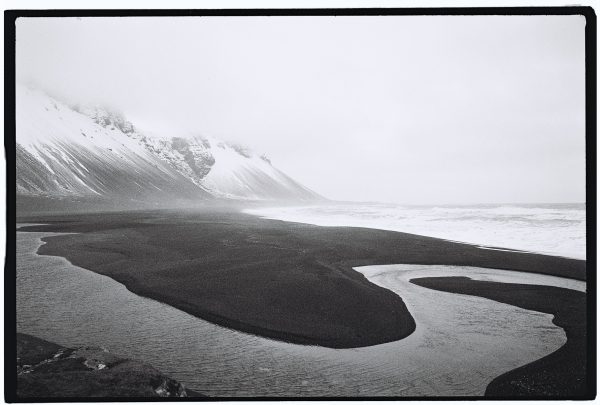
Travel to Iceland, a land of adventure
Impossible to go to Iceland without spending many hours admiring cascades all crazier than the others. Gullfoss is a perfect example of how Nature can be raw. A flow of several thousand cubic meters per second. Just amazing and incredible.
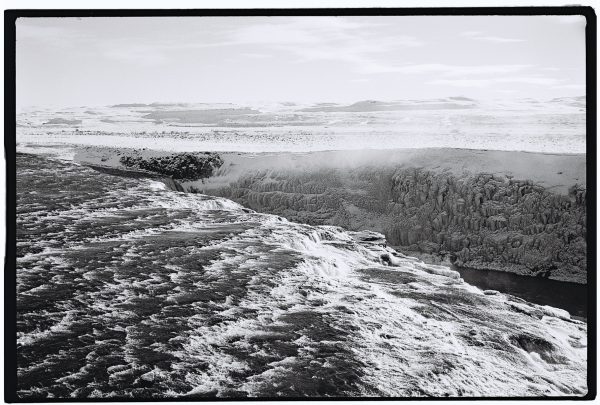
Gullfoss is also the story of a farmer who did not want to sell his soul to the devil. Indeed, more than a century ago, a company offered to buy his land or to make an arrangement with him to install a hydroelectric dam. The exploitation of this imposing waterfall would undeniably have allowed significant revenues. But that year it is Nature that has been preserved. The farmer told them he could not sell a friend. Gullfoss was, therefore, more to him than a waterfall. A beautiful lesson on the planet earth and the environment.
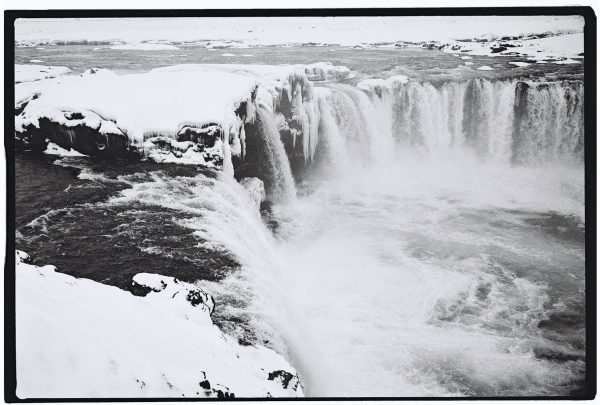
Iceland, the last glaciers
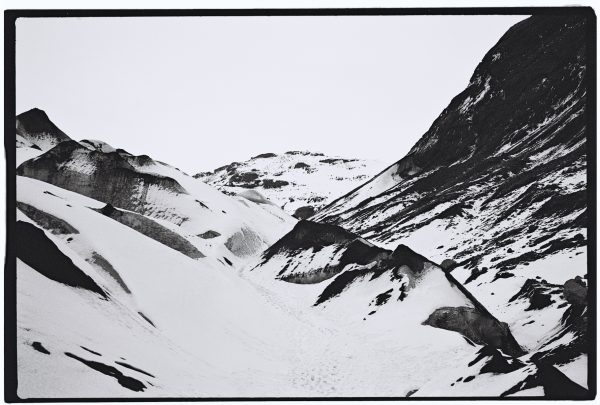
If the Gullfoss waterfall is well-marked, the Icelandic glaciers are freely accessible. Glaciers are found mostly south and west of the island. And in any case, we must be wary of the plague. Crevasse, arch weakened, or landslide, everything is good to lose your life. To be convinced of this, it is enough to look at the speed of the progression of the groups on the glaciers. Besides, the expeditions that we propose to you do not concern the exploration of the edge of the glacier. For safety reasons and profitability. It’s faster, and it’s less complicated to organize.
When one venture on a glacier, one needs at least crampons, a harness, a helmet, and a rope. It is the minimum vital. Regarding your laptop, rest assured, Iceland is riddled with some areas where cell phone does not pass at all. It is better to know his way and have one or two smoke on you, especially when one venture on the glaciers.
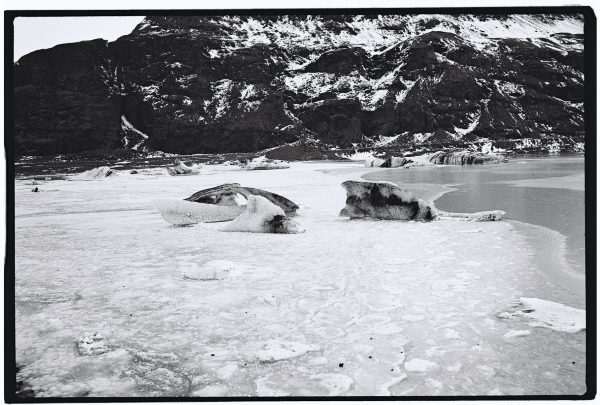
In Iceland, there are about twenty earthquakes a day. Yes, these are of very emotional intensity between one and two on the Richter scale. On the other hand, these vibrations are sufficient to weaken the ice. Finally, never trust the color of the ground. Indeed during the last eruption of an Icelandic volcano, glaciers were covered with a thin layer of ash. The result you think to walk on dry land. But you are already walking on the glacier with all the risks that entail — flipping a block if you are on a glacial lake. Or the collapse of the structure, depends on the weather of the moment.
The story of an Icelandic saga
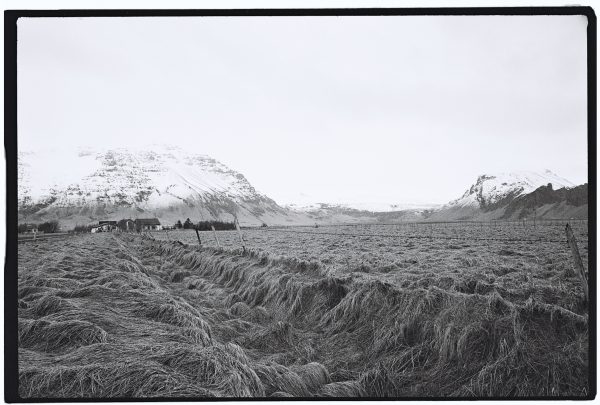
The history of Iceland is also that of these horses. The cultural and intangible heritage of the island. Also, horse imports are prohibited. The idea was to preserve this breed of horses, which only the most resistant and the most robust ones could survive. It all started with the Vikings. These conquering sailors decide they need horses to occupy these inhospitable lands wedged between the Atlantic Ocean and the Arctic Ocean. Pure madness of men who settle on one of the least fertile areas of the globe. At the edge of the Arctic Circle. And yet, by selecting the strongest, quietest, and smallest horses, the Vikings are creating a separate breed of horses. The famous Icelandic horses are the only ones in the world to be able to practice five paces naturally.
Iceland Seas
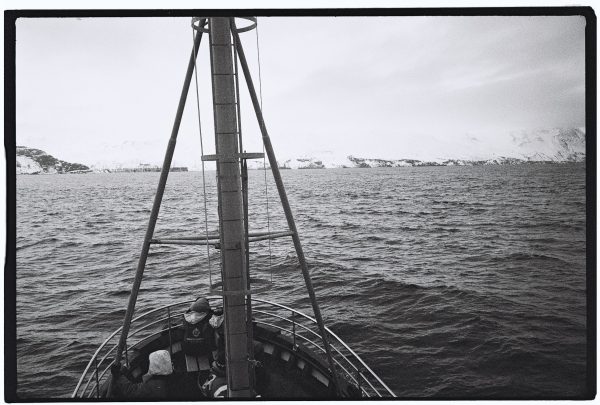
Although Iceland is a volcanic territory of more than 300,000 square kilometers, marine experiences should not be minimized. Cold and chaotic oceans encircle this photogenic island of the North Atlantic. Here shipwrecks where falls overboard signify certain death — the temperature of the waters near a good part of the year zero degrees. In July or August, the heat of the Atlantic can reach a few degrees.
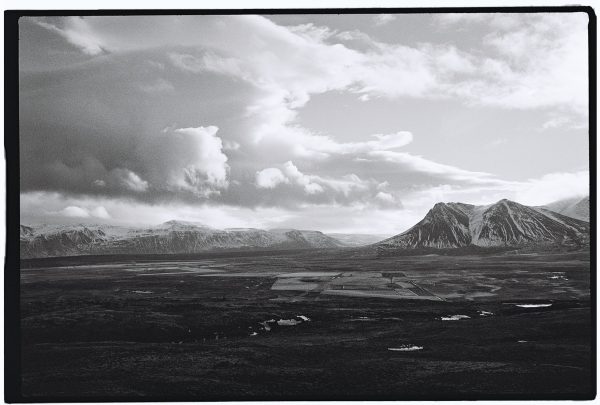
For the more adventurous, going to sea is an opportunity to observe, sometimes, when the sea is calm, cetaceans, including humpback whales, a vast animal which is almost twenty meters long.
In any case, when you arrive in Reykjavik, leave the tourist circuits and other imposing figures of modern photography. Iceland has much more to offer.
A volcanic island to discover in winter
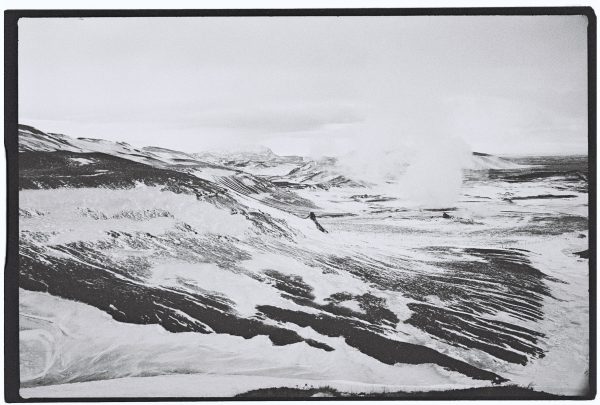
What is impressive in Iceland is the number of very steep mountains. And you never know if these geological forms are due to the meeting of two tectonic plates or the eruption of a volcano.
What you never should do in Iceland!
Use hot tap water for cooking.
I talk about it in almost every article on Iceland. The hot water network in Iceland comes from geothermal sources. The water that arrives in your shower is therefore slightly sulfur. Coldwater comes from Iceland’s springs, and just like in Norway, tap water is one of the purest in the world. Provided that the knob of the hot water tap is closed. (I know I am painful).
Dressing regardless of the weather
In Iceland, we live the four seasons in one day. The morning of my departure for Iceland, my neighbor crossed in front of my house and asked me if I was leaving for the army. Traveling to Iceland is relatively simple. We dress up as if we went skiing in the mountains. And no need to bring an umbrella, the wind blows too hard.
Venture off the beaten track, by car
Icelandic roads are relatively safe except in the case of freezing rain or snowstorms. During these severe weather events, many people come out off the roads to finish on the low sides. In Iceland, some roads and tracks are sometimes impassable. But in any case, remember that it is strictly forbidden to ride outside the planned routes. If you go off-piste and you venture into a plain, you risk a very high fine, and the “Rangers watch” the grain.
The other pictures of Iceland in black and white
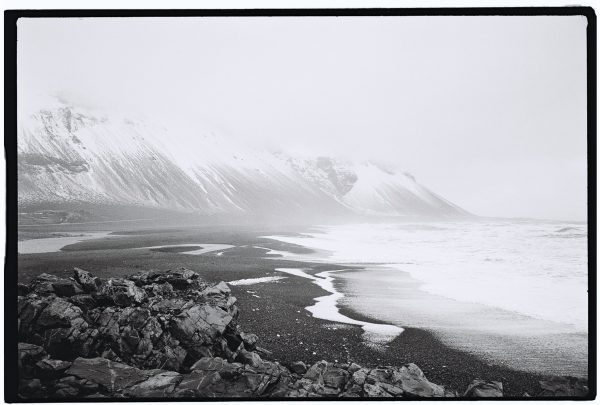
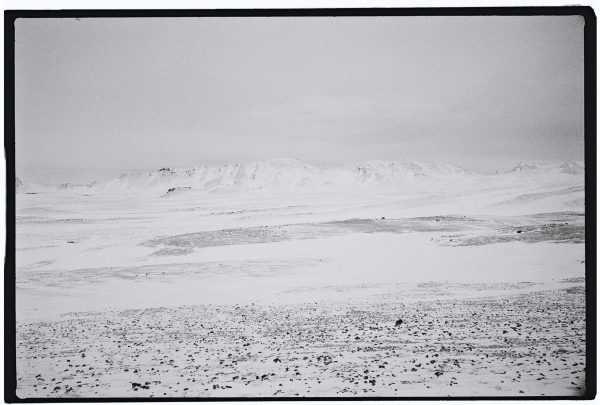

Photos credits: Yann Vernerie